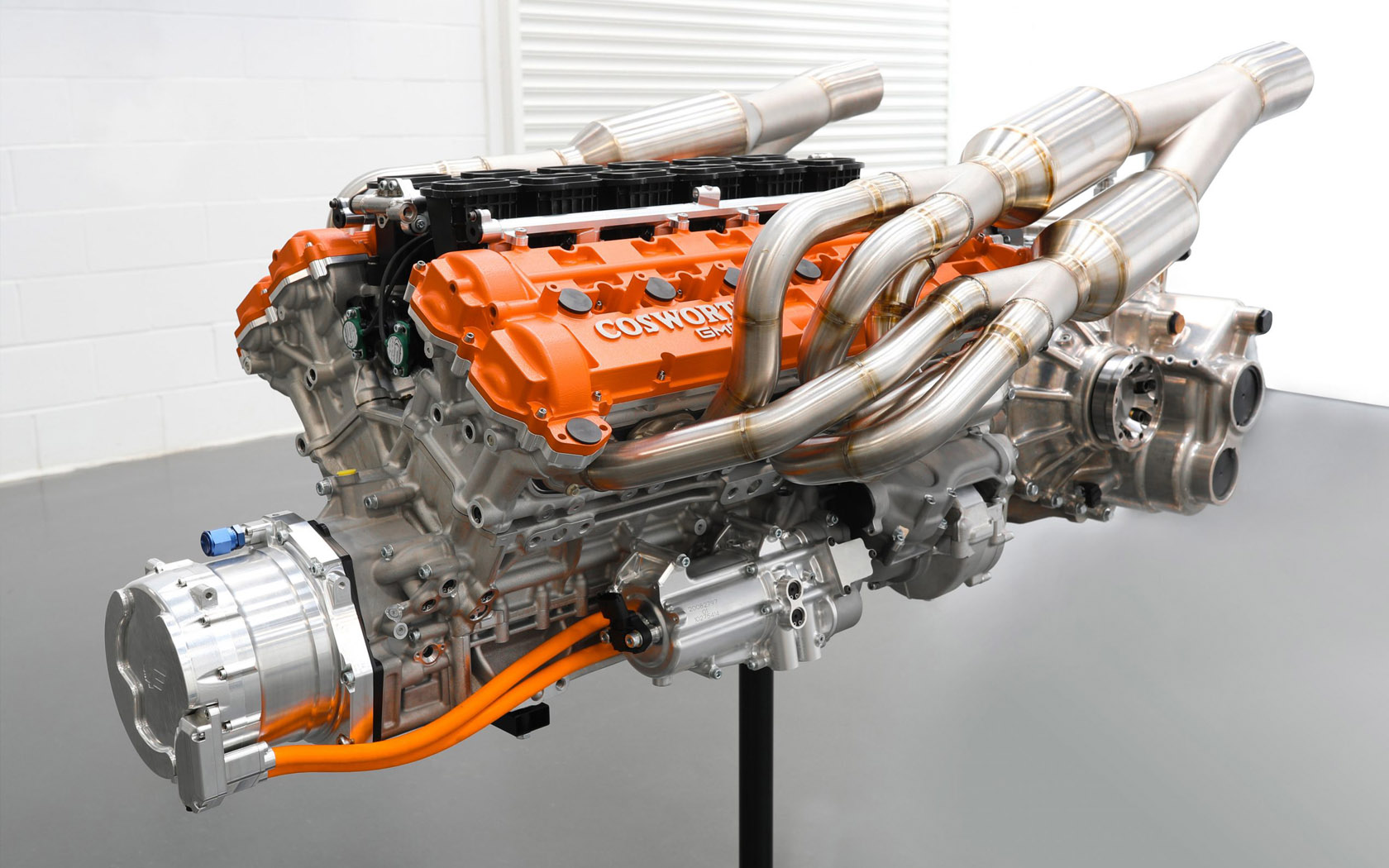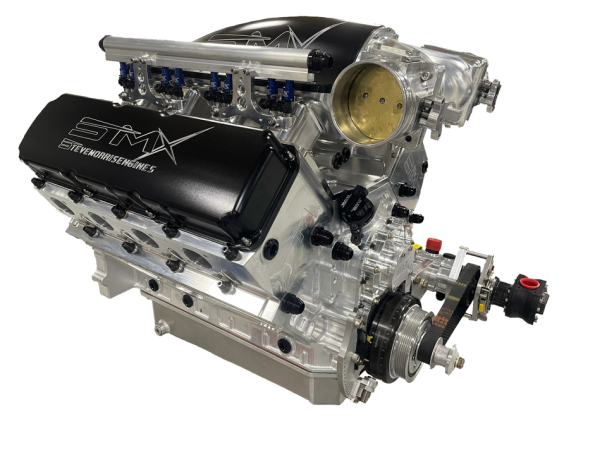Engines for Africa at Competitive Costs: Your Preferred Car Parts Store
Engines for Africa at Competitive Costs: Your Preferred Car Parts Store
Blog Article
The Mission for Ultimate Driving Power: Exploring the Peak of Engine Efficiency and Technological Advancements in the Automotive Sector
In the realm of automotive design, the quest of maximum driving power has actually been a relentless mission that has unravelled via the advancement of engine design and the assimilation of advanced innovations. From the meticulous craftsmanship of combustion engines to the fast developments in electrical propulsion systems, the automobile field stands at the cusp of a brand-new age defined by unprecedented efficiency capabilities. As engineers and scientists dive deeper right into the realms of computational fluid characteristics and check out ingenious fuel innovations, the perspective of opportunities increases significantly. Remain tuned as we unwind the elaborate tapestry of technical breakthroughs that are forming the future of automotive power and efficiency.
Development of Engine Design

In addition, the assimilation of turbocharging and supercharging modern technologies has actually revolutionized engine style by increasing power without substantially enhancing engine dimension. These forced induction systems compress the consumption air, permitting more fuel to be ignited, thus producing better power result from a smaller sized engine. This improvement has actually been particularly vital in enhancing the performance of smaller displacement engines while preserving fuel effectiveness standards.

Performance-Enhancing Gas Technologies
The implementation of innovative gas innovations has actually considerably contributed to improving engine efficiency in modern automobiles. Biofuels, acquired from eco-friendly resources like sugarcane, corn, or algae, deal enhanced and lowered discharges engine effectiveness. In addition, gas additives and detergents are being formulated to clean engine components, maximize burning, and reduce rubbing, therefore boosting overall car efficiency.
Developments in Electric Propulsion
Considerable strides in electric propulsion innovation have reinvented the auto market, leading the way for a brand-new period of lasting and reliable transport. Electric lorries (EVs) are obtaining popularity because of their environmental advantages and developments in battery modern technology, making it possible for longer driving arrays and shorter billing times. Manufacturers are spending greatly in research and growth to boost the efficiency of electrical propulsion systems, focusing on boosting power outcome, boosting energy effectiveness, and minimizing overall weight.
One notable development in electric propulsion is the growth of sophisticated electric motors that deliver higher torque and power density, leading to enhanced from this source velocity and total driving performance. Additionally, regenerative stopping systems have actually been fine-tuned to record and keep energy during deceleration, further improving the performance of EVs.
In addition, the integration of wise modern technologies, such as expert system and predictive analytics, is optimizing the monitoring of electrical propulsion systems, making certain ideal efficiency under different driving problems. These developments in electric propulsion are improving the automobile landscape, driving the sector towards an extra sustainable and electrified future.
Influence of Computational Fluid Characteristics
With developments in electrical propulsion pressing the limits of vehicle technology, the integration of Computational Fluid Dynamics is playing a pivotal function in optimizing aerodynamic performance and enhancing total effectiveness in automobile design. Computational Fluid Characteristics (CFD) entails the use of computer simulations to assess the flow of air around a car, making it possible for engineers to predict exactly how design adjustments will certainly affect aerodynamics without the demand for pricey physical prototypes. By properly modeling air flow patterns, CFD enables for the refinement of vehicle shapes to lower drag, improve air conditioning, and enhance security.
One secret advantage of making use of CFD in lorry layout is the capability to repeat quickly, discovering various layout variants to determine one of the most aerodynamically effective remedies. This iterative procedure leads to lorries that are not only sleeker and more aesthetically attractive however also more fuel-efficient and eco pleasant. Additionally, CFD enables engineers to maximize airflow around elements such as radiators, engine bays, and wheel wells, adding to boosted efficiency and total driving experience. To conclude, the combination of Computational Fluid Characteristics represents a substantial progression in the pursuit for utmost driving power and efficiency in the vehicle market.
Future Patterns in Engine Development
In the dynamic landscape of vehicle design, innovative look at this web-site developments are forming the future trajectory of engine innovation. The future of engine style is marked by a solid emphasis on sustainability, effectiveness, and why not look here efficiency. Producers are significantly concentrating on creating engines that not only supply high power outputs yet also focus on environmental obligation by minimizing emissions and improving gas efficiency.
One prominent pattern in engine technology is the surge of electrification. Crossbreed and electric powertrains are gaining grip as practical alternatives to traditional burning engines. These innovations use the possibility for significant reductions in carbon exhausts and raised energy effectiveness, straightening with global efforts to deal with environment modification.
In addition, innovations in materials science and manufacturing methods are allowing the production of lighter and more sturdy engine parts. This change in the direction of lightweight materials such as carbon fiber and aluminum alloys adds to boosted efficiency and fuel economy.
Verdict
Finally, the quest of best driving power in the vehicle industry remains to drive improvements in engine layout, fuel innovations, electrical propulsion, and computational liquid dynamics. The advancement of these modern technologies is shaping the future of engine technology, leading the way for extra effective and powerful automobiles (engines for africa). As the sector remains to push the boundaries of what is possible, we can anticipate to see even extra innovative advancements in the quest for peak efficiency
One of the essential landmarks in engine design evolution is the change from traditional carbureted engines to contemporary fuel-injected systems. By exactly metering the gas delivery to each cylinder, fuel-injected engines maximize combustion, resulting in better performance and minimized ecological impact.
In addition, the combination of turbocharging and turbo charging modern technologies has transformed engine layout by enhancing power without dramatically boosting engine size (engines for africa).The implementation of innovative gas technologies has actually significantly added to boosting engine performance in contemporary lorries. Furthermore, fuel additives and cleaning agents are being created to clean engine elements, enhance combustion, and reduce rubbing, consequently improving overall vehicle performance
Report this page